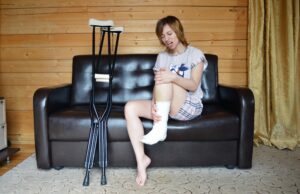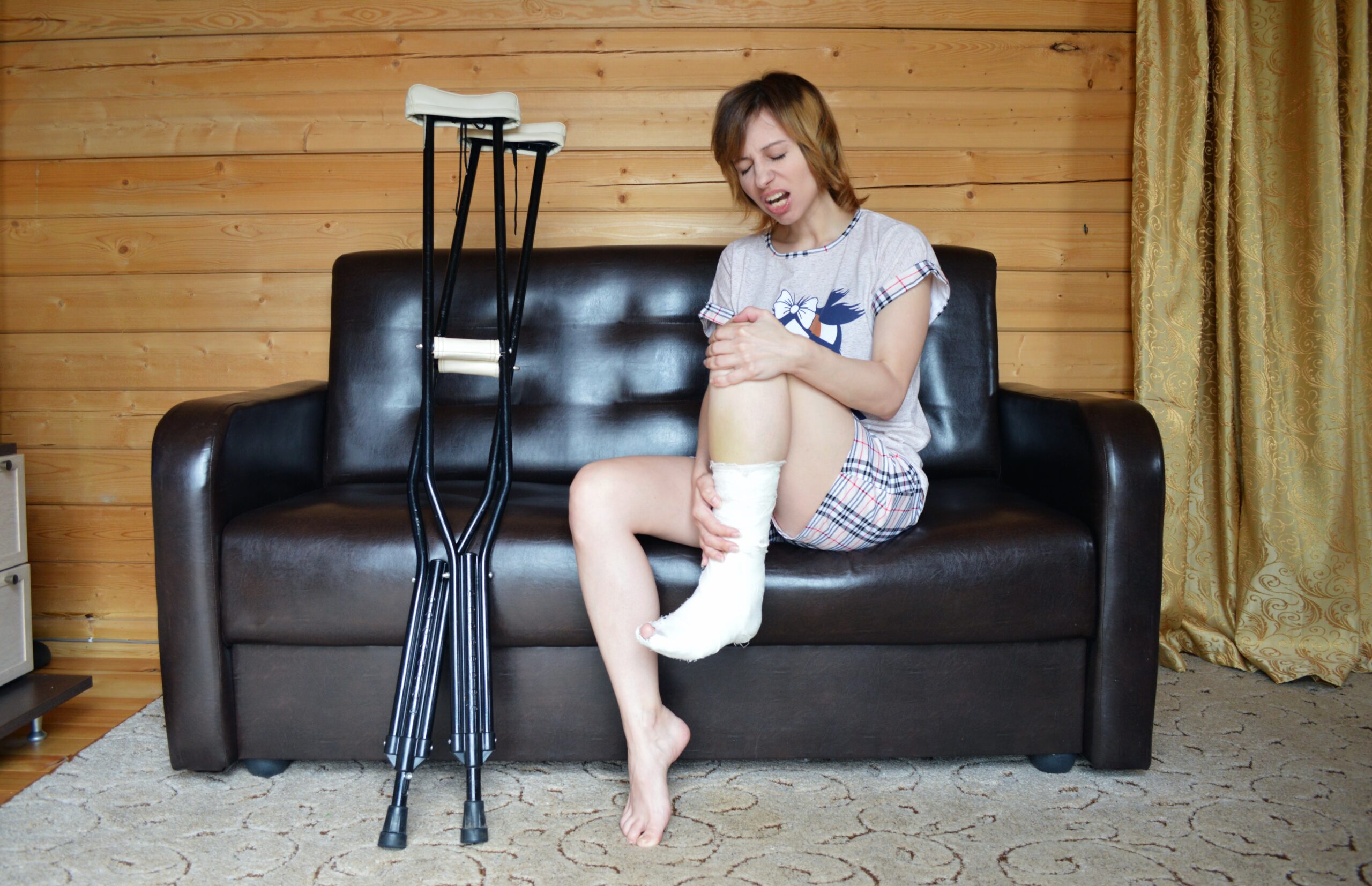Osteomalacia is the defective mineralization of bones which manifests as softening of bones. When this condition affects children, it is called Rickets. This defective formation of bones can make them more fragile, and weak and increase susceptibility to getting fractures.
Causes for Osteomalacia
- Vitamin D, Calcium, and phosphatase can be identified as essential nutrients for the normal formation of bones. The main cause identified for Osteomalacia is lack of Vitamin D. Lack of this vitamin can increase secretion of the hormone called Parathyroid hormone which can lead to low levels of calcium in the blood.
- Deficiency of vitamin D intake or absorption. – Malabsorption can be due to gastrointestinal diseases such as Coeliac disease and Crohn’s disease or due to reduced exposure to sunlight as sunlight initiates the production of Vitamin D in the skin. The most common cause is a lack of dietary intake of Vitamin D through food.
- Other rare factors that can cause Osteomalacia are,
- Cancers in the kidney that causes low phosphate levels.
- Lack of enough phosphates in the diet.
- Some drugs are given for seizure disorders.
Risk Factors

Increased risk is observed in people,
- Who live in climates with little exposure to sunlight.
- Who stay indoors even throughout the daytime.
- Who wear clothes that cover most of their skin or wear very strong sunscreen before going into sunlight.
- Who have dark skin pigmentation.
- Who doesn’t eat or drink milk products.
- Who follow a vegetarian diet.
- Who have undergone surgeries such as gastric bypass surgery which causes an inability to absorb vitamin D.
Signs and Symptoms of Osteomalacia
Initially, it doesn’t show any symptoms and can be diagnosed incidentally.
- Muscle weakness and feeling of stiffness in muscles.
- Widespread bone pain especially in legs, groin, upper thighs, and knees.
- Bones become painful even for touch.
- Difficulty climbing a staircase and getting out of a chair.
- The bone pain gets severe when walking and bearing.
- Bones can break more easily like during small knocks or falls, especially those in the hips, lower back, and feet.
- An abnormal change in the way you walk is called a waddling gate.
- A sensation of pins and needles in the hands and feet because of low calcium levels.
Diagnosis
- A simple blood test that checks the levels of calcium, phosphorus, and vitamin D.
- Plain radiography imaging that shows abnormal bone formation.
- Bone biopsies are used to confirm the diagnosis of Osteomalacia.
Management of Osteomalacia
Pharmacological Management
- The main method of pharmacological management is the supplementation of Vitamin D in two steps an initial loading step to replenish body stores and a subsequent maintenance step to avoid the re-occurrence of Vitamin D deficiency which must be maintained for three months initially.
- Also, in additionally the patients will be given supplementary calcium of 1000-12000 mg/day.
- After being on therapy it is important to re-assess whether the level of Vitamin D is adequate in the blood and remaining maintenance therapy should be maintained accordingly.
Non-Pharmacological Management
- You must have to get a diet rich in vitamin D and calcium.
- It is important to get adequate exposure to sunlight and engage in more outdoor activities during day time rather than being indoors the whole day.
- Avoiding alcohol consumption and smoking is also very important.
- Regular exercise and a healthy weight can promote well-being while strengthening bones and muscles as well. Simple exercises such as walking and running can help while intense exercises can make you more prone to break your bones and getting fractures.
- Food rich in vitamin D must be included in your diet. They are oily fish, red meat, egg yolk, fortified breakfast cereals, fortified butter, and spreads. Also, it is important to have food rich in Calcium such as milk, cheese, and other dairy products, green leafy vegetables, like broccoli and cabbage, soya beans, soya drinks added with calcium, bread and anything made with fortified flour, fish with small bones and nuts.
References
- Kumar and Clerk’s Clinical Medicine -8th Edition- Parveen Kumar, Michael Clark
- Oxford Handbook of Clinical Medicine – 10th Edition


One thought on “Osteomalacia (Do You have Painful Bone?)”
Comments are closed.